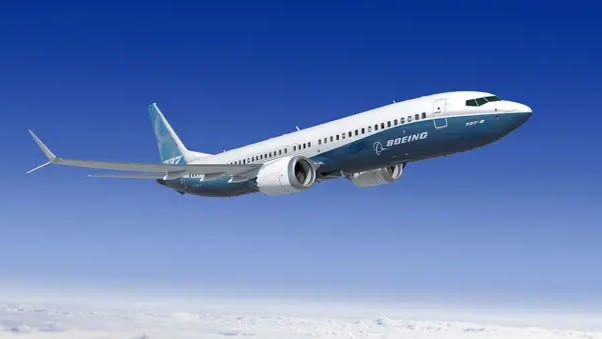Shanamo
Mechanical
- Sep 18, 2014
- 17
Dear forum members
Greetings of the day !
I am a bit not clear on the weld overlay of RTJ groove of standard flanges. If for instance, the ring groove is applied with 5mm SS316L WO then as a consequence of it all the groove dimensions change. Then in this case how a standard ring ( octogonal/oval ) as per STD B16.20 would fit in the overlayed groove.
Moreover, as an alternate if we machine increase the standard groove size before overlay to adjust for overlay thickness then will the STD flange not become a non standard thereby further requiring compliance to APP-2 ?
Kindly suggest.
Regards
Shanamo
Greetings of the day !
I am a bit not clear on the weld overlay of RTJ groove of standard flanges. If for instance, the ring groove is applied with 5mm SS316L WO then as a consequence of it all the groove dimensions change. Then in this case how a standard ring ( octogonal/oval ) as per STD B16.20 would fit in the overlayed groove.
Moreover, as an alternate if we machine increase the standard groove size before overlay to adjust for overlay thickness then will the STD flange not become a non standard thereby further requiring compliance to APP-2 ?
Kindly suggest.
Regards
Shanamo




